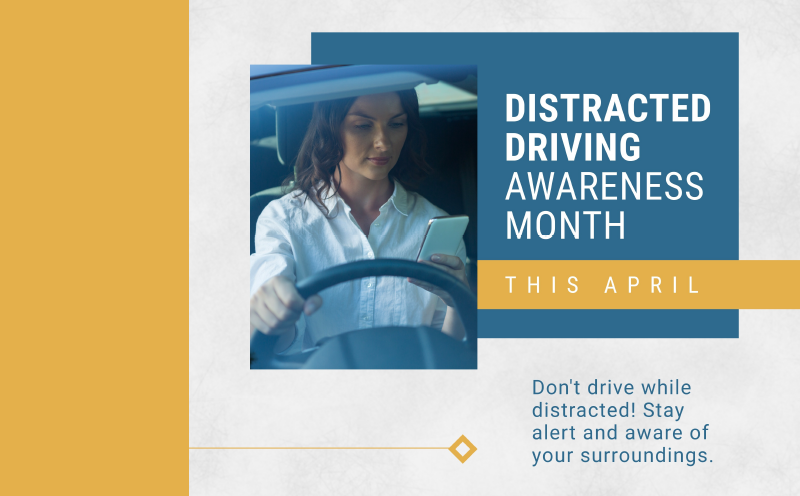What Happens When Car Accident Injuries Result in Death?
When a person dies as a result of a motor vehicle collision, a special kind of tort liability arises known as a “wrongful death claim.” Wrongful death claims in Michigan are pursued by the decedent’s estate on behalf of family members.
The Michigan Wrongful Death Act governs all wrongful death lawsuits in the state. In general, this law provides that close relatives of a deceased victim can seek compensation for the loss of financial support, loss of services and, perhaps most importantly, loss of the love, affection, companionship, and society of their loved one.
Who Pays Damages for Car Accident Lawsuits?
Auto negligence claims are usually paid by the insurance company for the at-fault driver. If a lawsuit is filed to obtain compensation, the negligent driver must be individually named in the suit. The damages, however, will actually be paid by the at-fault driver’s insurance company, up to the total amount of liability coverage that the negligent driver purchased.
If you suffered damages that exceed the amount of liability coverage that’s carried by the at-fault driver, the driver may be personally responsible for the excess amount.
What if the At-Fault Driver Was Not Insured or Had Minimal Coverage?
Issues can arise if the driver who caused the accident was either uninsured or underinsured. Uninsured means the at-fault driver carried no insurance at all at the time of the accident. Underinsured means the driver had insurance but did not carry enough to meet the full amount of the accident victim’s damages.
Because most people do not personally have the funds to fully compensate a car crash victim, inadequate insurance coverage can potentially leave an injured person without any way of fully recovering their damages. However, this problem can be avoided by purchasing “uninsured motorist coverage” and “underinsured motorist coverage.” Both types of coverage let car crash victims recover damages from their own auto insurance company when the at-fault driver doesn’t have any insurance or has insufficient insurance.
Uninsured and underinsured motorist policies are optional and can be purchased in addition to a standard no-fault policy. Because the cost of each is relatively minimal, it is highly recommended that motorists purchase both types of optional coverages to protect themselves from drivers who do not have insurance or have minimal insurance.
If you or a loved one were injured in an accident as the result of another’s negligence, you may qualify to file a claim against the at-fault driver. Call us today at 866.758.0031 or submit an online request.





